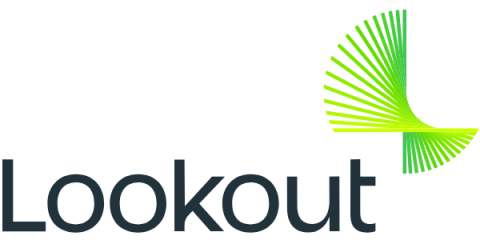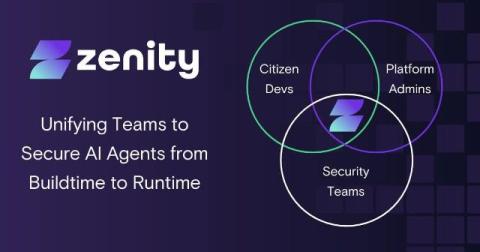Benefits of VEX for SBOMs
As Software Bill of Materials (SBOMs), become increasingly necessary and in some cases, required by private companies and governments globally, they are meant to provide transparency and help organizations understand what is in their software. But if SBOMs are so helpful, how come nobody knows what to do with them?









